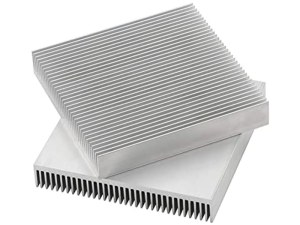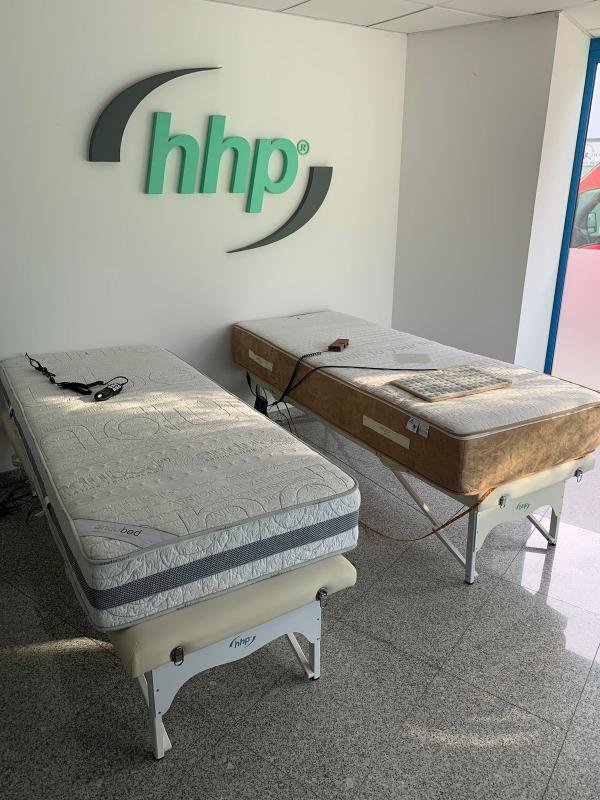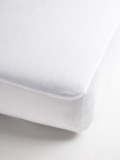Otalum stocks a wide range of extruded aluminium heat sinks and provide heatsink extruded aluminium profile to custom designs, available in a range of finishes. If the existing products are not suitable for your needs, our technical team can help you to design your products and realize them.
All extrusions can be supplied as cut, drilled, or machined to customer specifications. As a professional aluminum heatsink extrusion profiles factory, Otalum operates the latest CNC drilling and machining centres which provide accurately machined, cost-efficient parts on short cycle-times.
What is a heat sink?
A heat sink is a component that increases the heat flow away from a hot device. It accomplishes this task by increasing the device's working surface area and the amount of low-temperature fluid that moves across its enlarged surface area.
Why Aluminium Heat sink?
An aluminium heat sink profile is the most widely used product for thermal solutions. Following are some reasons why it is so popular.
Characteristics Of Heat Sink
Good thermal and electrical conductivity
Low density (about 2.7kg/m³)
Low weight
High strength
Easy malleability
Easy machining
Excellent corrosion resistance
non-magnetic which avoids interference of magnetic fields
Easy to recycle
Aluminium VS Copper Heat Sink
1.Thermal Conductivity
Copper is more conductive than aluminum. In fact, aluminum only has 60% of the thermal conductivity of copper.
2.Weight
Aluminum accounts for only 30% of the density of copper. This means that the weight can be greatly reduced.
3.Cost
Aluminum is much cheaper than copper. In fact, its cost is about one-third. This can save a lot of cost.
How a Heat Sink Works
The heat sink must protect the electronic equipment and components from overheating. Therefore, they must be made of certain materials with good thermal conductivity.
Most devices that use power electronic equipment require a temperature-controlled environment. Otherwise, they are in danger of overheating, which may affect performance or, more seriously, become a safety hazard.
Essentially, a heat sink profile is a way to dissipate any heat generated from a device or component. This requires an optimal speed to dissipate heat from the source at the same rate as the rate at which the source generates heat.
In fact, optimization is the key to the success of any radiator system. This affects the choice of materials and basic aspects such as complexity, size, quality, and cost.
Therefore, while the selection of materials is crucial, other factors also need to be considered.
Where are Extruded Heat Sinks Used For?
Commercial LED lighting
The extruded heat sink provides effective cooling for the LED (Light Emitting Diode) light source. These radiators are very small and can be mass produced.
Circuit board & PCB (PC board)
By providing a precise combination of vertical and horizontal cooling, aluminum heat sink extrusions provide an effective thermal management process for circuit boards and PCBs. Various thicknesses and customized forms are also easy to achieve.
Electronic instrument or electronic equipment:
The radiator is an indispensable device for electrical appliances, which can effectively dissipate the heat of the output transistor.
Automotive equipment, NEV (New Energy Vehicle)
The radiators used in automotive electronic equipment enable high-density components to operate at stable temperatures under a wide range of environmental conditions.
The purpose of the heat sink is specifically designed to extract heat from the components in the electronic device. The radiator is generally polished, and in most cases, it can be anodized or powder coated to improve surface protection and corrosion resistance.
Otalum is a professional aluminum extrusion channel profiles factory, we provide custom extruded aluminum shapes, Aluminium construction products, aluminium heat sink bar and etc. Want to know more? Contact us now.
Ubicación : Room 3/22, COFCO Group Center, Baoan District, Shenzhen, Guangdong Province, China, 518000 shenzhen,
Persona a contactar : Xie Oscar , 86 13613060162










